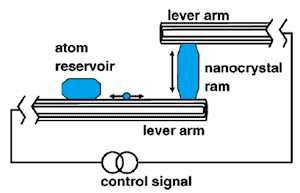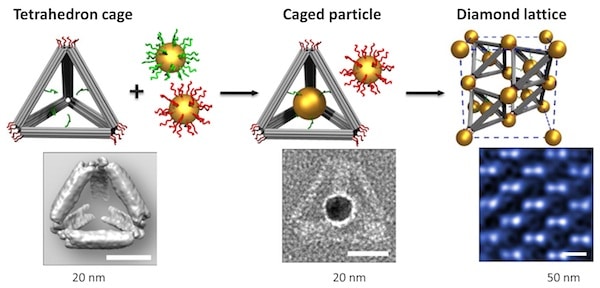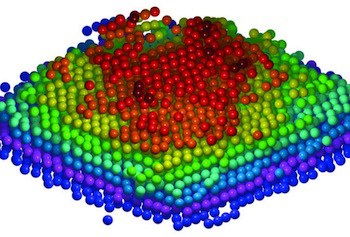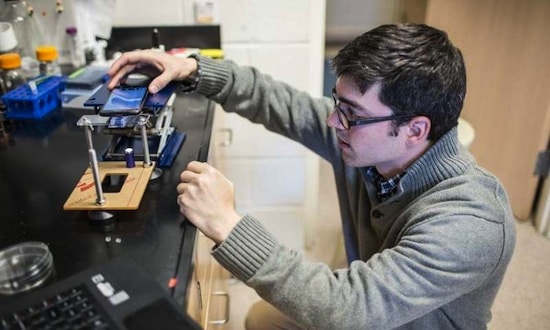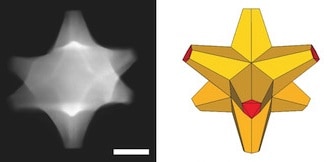The claim that the recently reported actuating nanotransducers (ANTS) produce forces “orders of magnitude larger than any produced previously” is challenged by a nanocrystal carbon nanotube device reported 11 years ago.
Another powerful nanoengine remembered
